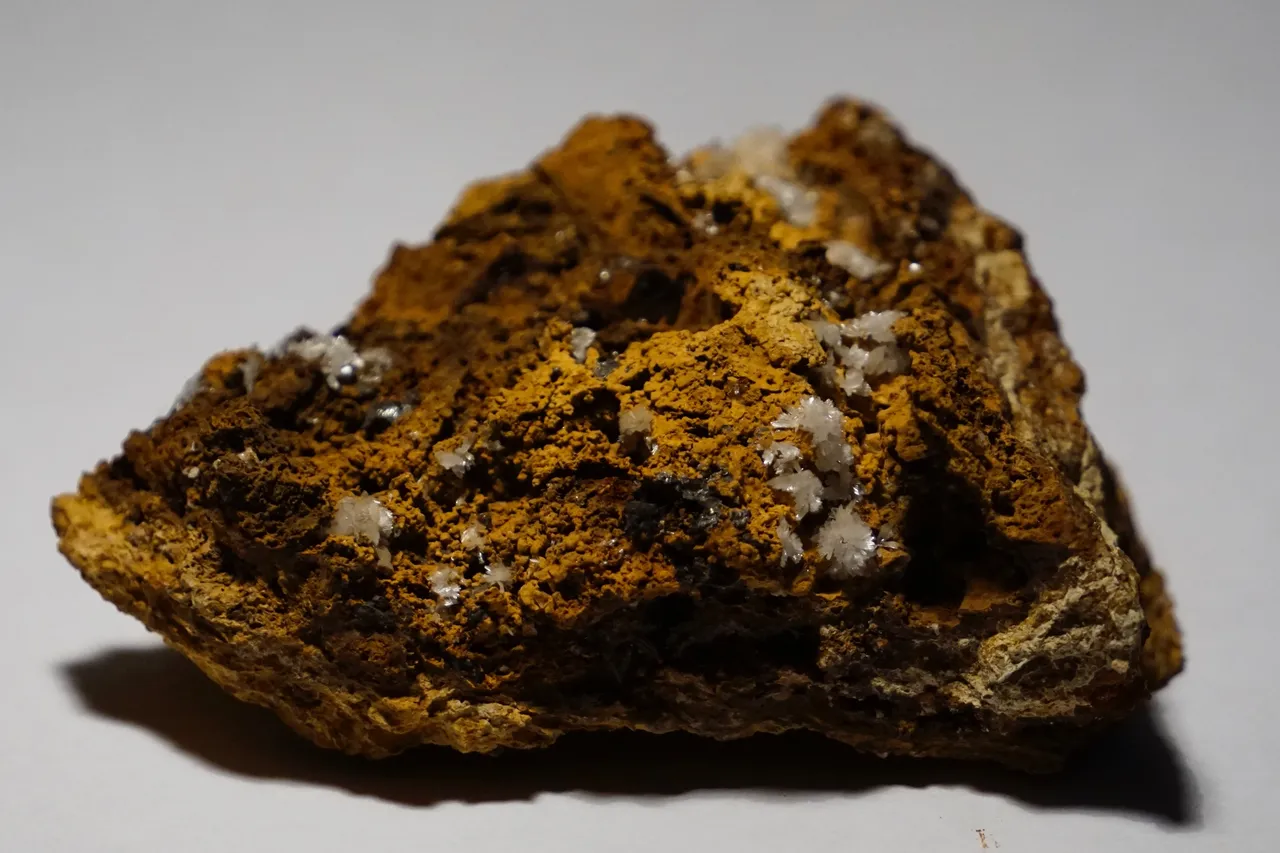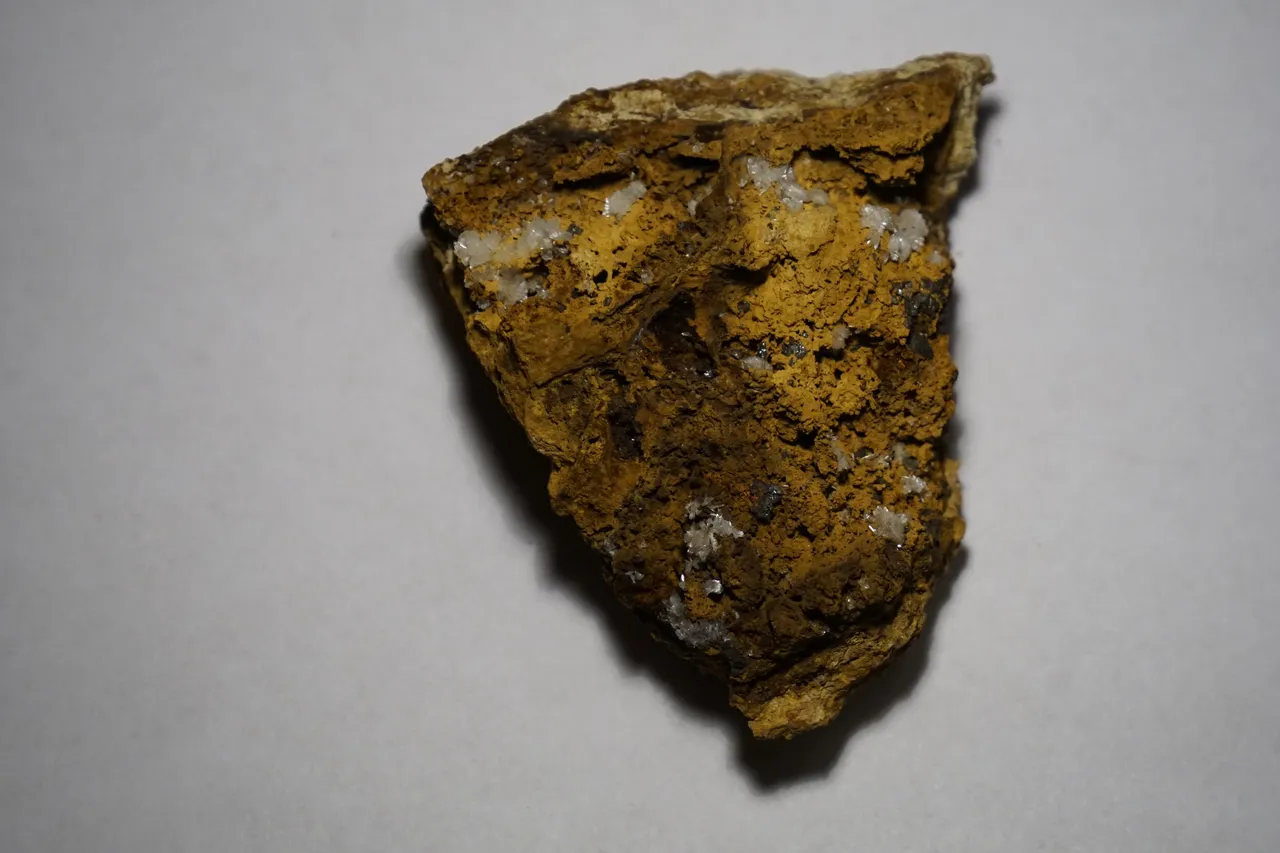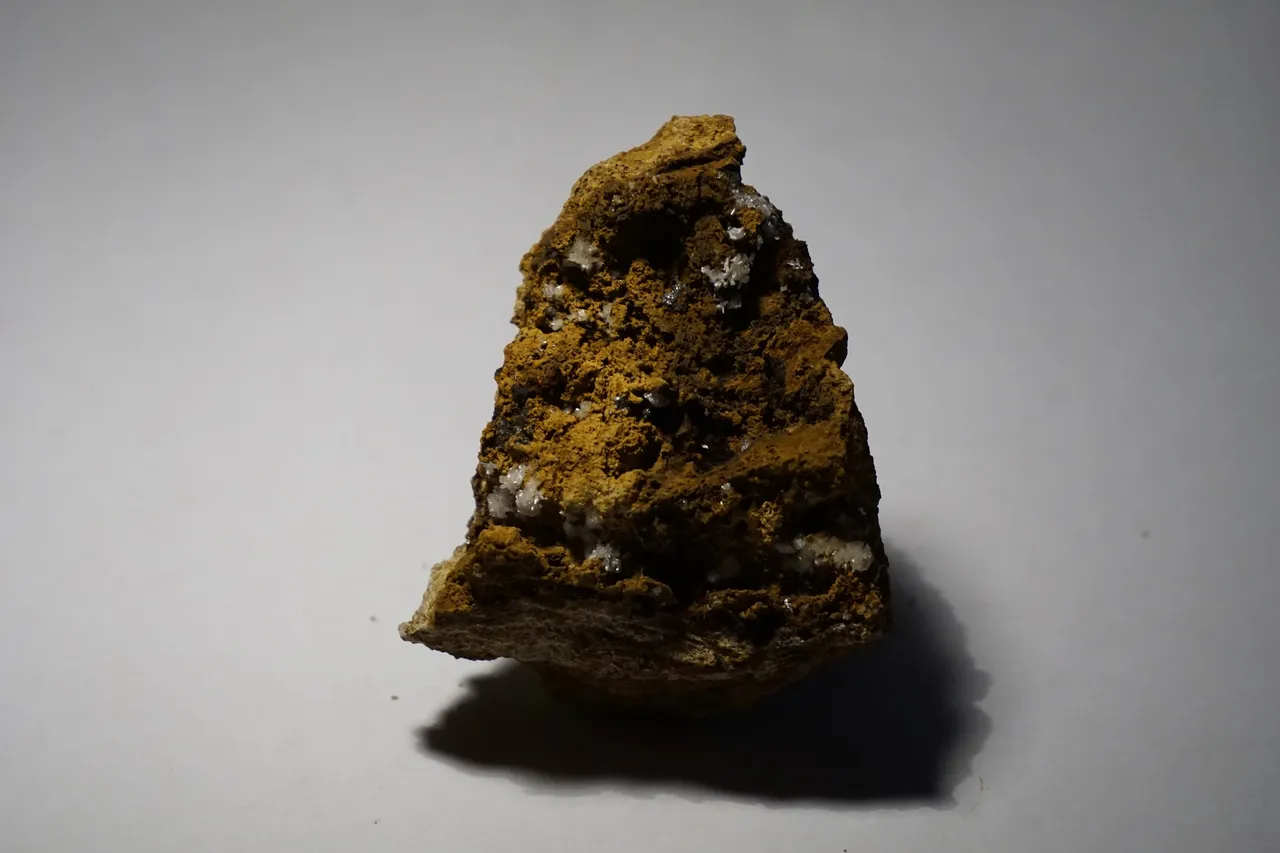Good day dear Hive community, first of all I would like to welcome you to my new post and hope you are doing well and your weekend is full of positive experiences! Today I would like to bring a mineral a little closer and hope you can expand your knowledge.

The mineral that can be seen here bears the name Hemimorphite and it belongs to the mineral class of silicates and was named in 1853 by Gustav Adolph Kenngott (1818 - 1897). The name is derived from the Greek words hemi for half and morph for form and can be found as a secondary mineral in the deposit of zinc-containing minerals and is often found together with other minerals such as Aurichalcite, Smithsonite or Cerussite. It is a rather common mineral and the most important characteristic properties include the white, blue, or gray crystals or the compact or needle shape as well as the transparent or translucent shape. The most important places of disvoery include Switzerland, Belgium, Mexico, USA, Greece or Africa and even before the official naming it was an important ore due to the high content of zinc which can be over 50%. In addition to the use as ore, it is also interesting from an economic point of view for the pharmaceutical industry for the production of medicines as well as the production of jewelry. Hemimorphite has pyroelectric properties and is electrically charged by friction or heat and if you want to learn more about this topic, here is a post from me where I have already written more about this topic. The Cosmetic industry also uses hemimorphite and from time to time it is also sold as a healing stone, but here it is always important to note that it is alternative medicine and you always have to ask your doctor or pharmacist for the right medicine!


Many thanks for stopping by and I hope you like my new contribution! I captured these pictures with my Camera Sony Alpha 6000 plus 55-210 mm lens!